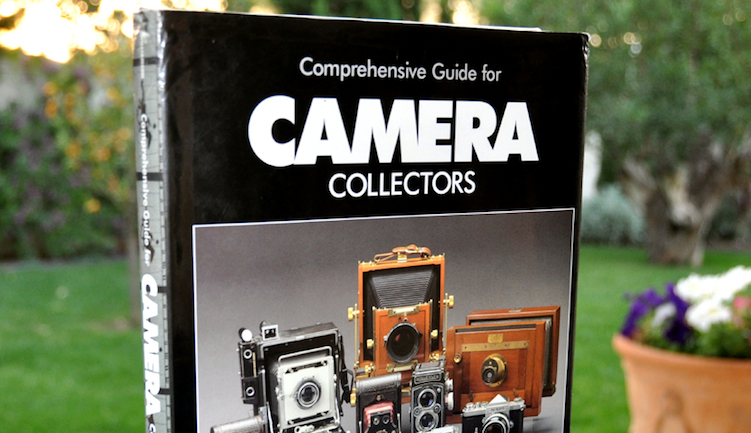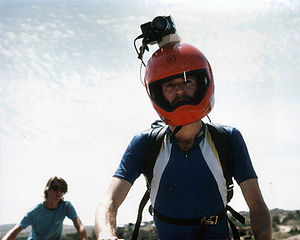The popularity of helmet cameras has exploded over the past few years, hundreds of cyclists across the world are using cameras to record and tell their stories. Thousands of road users are also doing the same. With this increase we see more and more asking which camera they should buy, this guide to buying a helmet camera should help you find out exactly what camera fits your needs.
So you are in the market for a helmet camera? But where to start? Follow this guide and hopefully you will be in a position to make a choice about which camera is best for you.
Budget!
Your budget will be the biggest factor in choosing which camera to go for. The general rule is that the more you spend the better quality camera you get. Be it HD, better mounts, better quality parts used and more features.
Quality?
A huge decision is going to be quality. HD is a great thing to have but comes at a cost, greater than £100 for a good camera with a HD chip. HD isn’t everything, you can still get a good picture without HD by choosing a camera which uses a good quality sensor. HD does often give a clearly image and has a wider lens angle, all positives.
Lens Angle
The lens angle makes a huge difference to what is captured by the camera. A wider lens angle will pick up more footage but it has it’s downsides. Wide angle lenses often create a fish eye look and elements on the edge of the film will often be further away than they actually are (making close passes look further away than they really are). It also makes judging speed on film a little bit harder.
I use a 1080p camera but run it at 960p, why? Because the 1080p mode uses a smaller lens angle and zooms the image in. I would much rather have a wider lens angle and a taller image to get the most footage I can, it makes a huge difference.
Body Format
Helmet cameras come in all sorts of shapes and sizes, from bullet to cubes. When choosing what you want it is wise to take into consideration where you are going to mount your camera (It doesn’t have to be on the helmet). Square cameras look a bit silly on a helmet when you compare them to bullet format cameras but the square cameras seem to look and fit better when fitted to the handle bars. Slimmer cameras, such as the veho muvi, can also fit into the vents of your helmet, making them a bit more discrete.
Mounting
It is a good idea to look at what mounting options there are with each camera you are considering. The more expensive cameras usually have more professional looking mounts and a wider selection. If there isn’t a specific helmet mount or if you choose to make your own then it is a good idea to take into consideration how secure it is going to be. The specific helmet mounts are designed with some sort of give in it, so if you are involved in a collision then the camera will come away from the helmet and not cause added damage to your head by causing the helmet to crush more than it should do. I would suggest not to zip tie your camera to your helmet.
If the camera comes with a 1/4″ screw thread then the possibilities for mounting are pretty much endless. RAM offer some amazing options which a few of us take advantage of and mount our cameras to various parts of our frames and handlebars.
What is in the box?
It’s a good idea to check what comes with the camera before you purchase it. The accessory that you want may be excluded or in the case of the Contour cameras the vented helmet mount is not included and i know this has caught a few buyers out. So it’s important that you check and factor any additional items in the total cost of the camera.
Memory Cards
Pretty much all cameras use some form of SD card, be that standard or Micro. Most cameras come with a memory card but often one small in size. You will probably need to get a bigger memory card, but how big depends on how long you want to ride between visits to a computer or a memory card swap.
Battery
Not all cameras have a removable battery, limiting your time on the road before you have to visit a computer or wall plug. Some of these can be modified to charge of a AA battery. Other units have removable batteries, so if you are on a long ride then you can swap out the battery when one dies and continue.
Features
Some models of cameras come with some added features which can be nice, from lasers and small screens to bluetooth and GPS. Some features can be handy to have where as others are just additions which you never use. Think about which ones you need and which ones you don’t as they do affect the cost of the cameras.
Reviews
It’s worth looking at reviews of the products and see what others thing about it. Just search the camera name + review in a search engine like google. Point Of View Cameras has reviews on all the major cameras and Magnatom has done a view of some cameras and compared them against each other. Part 1, Part 2 and Part 3
Example Footage
Pretty much each camera type is already used by a cyclist online, so search for the camera on youtube and see if someone has some footage of it in use. This can make the difference in your choice. If you see another camera cyclist on youtube that has good footage, ask them what camera they use and they are more often that not happy to let you know what they use. Although it would be worthwhile looking on their channel and see if the information is displayed there or if someone else has already asked.
Which brands make good cameras?
- Contour / Vholdr
- GoPro
- Veho
- Drift Innovations
- V.I.O POV

